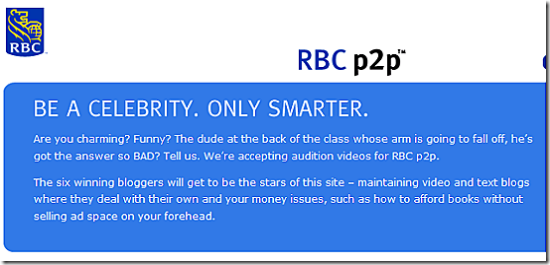 Does it seem like every NetBanker blog post lately is a plug for our FINOVATE conference (oops…plug #1)? Hmm … maybe we are a little stuck there.
Does it seem like every NetBanker blog post lately is a plug for our FINOVATE conference (oops…plug #1)? Hmm … maybe we are a little stuck there.
OK, here's an online personal finance startup that's NOT presenting at FINOVATE (plug #2), Pertuity, the brainchild of ex-PNC Bank exec Kim Muhota. I like the overall look (below), decked out in our FINOVATE colors (plug #3), but clearly it's a placeholder for something more substantive (see note 1).
The Dare to Compare function, while provocatively named, is basically a well-dressed financial calculator that shows you where you stand in terms of income, savings, and debt compared to the rest of the country and those in your age group. It's a nice feature, but hardly unique and certainly not enough to attract visitors, let alone bring them back (see note 2).
UPDATE: After seeing Colin's comment (below), I looked at the site again and realized that I missed the "create a new group" function that allows you to compare your income, savings and debt against other pre-defined subsets. That's an interesting angle and could create a more sticky site with users going back to see how they are growing their income/savings/debt compared to various peer groups. I look forward to seeing how this plays out at Pertuity.
The Rate Survey, Expert Advise, and Blog sections are also just bare-bones link areas with little original content so far. The site appears to have launched just last week, so we are not criticizing (yet), just pointing out the current facts.
The website says "coming in 2008," so we'll be sure to check back in six months and see if they live up to their homepage boast:
….as we gear up towards our launch in early 2008; when we will bring to market a disruptive set of products that will uncomplicate your life, simplify your money and free your dreams.
Note:
1. The homepage has an overall calm look and feel, refreshing for a finance site. But Pertuity needs to lose the clip art of the three scary "suits" in the lower right and enlarge and break up the block of 10-point type in the middle (same goes for the micro-sized font in the blog).
2. Colin Henderson blogged positively about the Dare to Compare feature yesterday (here), but so far anyway, I don't share his enthusiasm that it's "quite revolutionary." Colin probably has a better crystal ball than I, so I'll reserve judgement until the official launch. (Also, see my update above; obviously, Colin did a better job reviewing the functionality than I.)



























